My site will have multiple sections, each of which I intend to be resizable. To accomplish this I've made a "resizable" directive, e.g.:
<div class="workspace" resize="full" ng-style="resizeStyle()">
<div class="leftcol" resize="left" ng-style="resizeStyle()">
With a directive that looks something like:
lwpApp.directive('resize', function ($window) {
return {
scope: {},
link: function (scope, element, attrs) {
scope.getWinDim = function () {
return {
'height': window.height(),
'width': window.width()
};
};
// Get window dimensions when they change and return new element dimensions
// based on attribute
scope.$watch(scope.getWinDim, function (newValue, oldValue) {
scope.resizeStyle = function () {
switch (attrs.resize) {
case 'full':
return {
'height': newValue.height,
'width': (newValue.width - dashboardwidth)
};
case 'left':
return {
'height': newValue.height,
'width': (newValue.width - dashboardwidth - rightcolwidth)
};
etc...
};
}, true);
//apply size change on window resize
window.bind('resize', function () {
scope.$apply(scope.resizeStyle);
});
}
};
});
As you can see, this only resizes each div on window resize, and each directive has an isolate scope. This works fine for what it's built for, but ultimately I would like to make a subset of the divs resizable via a draggable bar. For instance
div1 div2
----------------
| || |
| || |
| || |
| || |
----------------
draggable bar in middle
On the the draggable bar's movement (in the horizontal direction), I would need to access both div1, div2's width presumably via the scope of a parent controller(?). My questions are:
Is this the "correct" way to go about making resizable divs in angular? In particular, when the size of one div affects another?
I personally feel like the answer to (1) is "No, I am not doing it correctly because I cannot communicate between directives when each has an isolate scope." If this is true, how can I account for both window and draggable resizing between divs?
